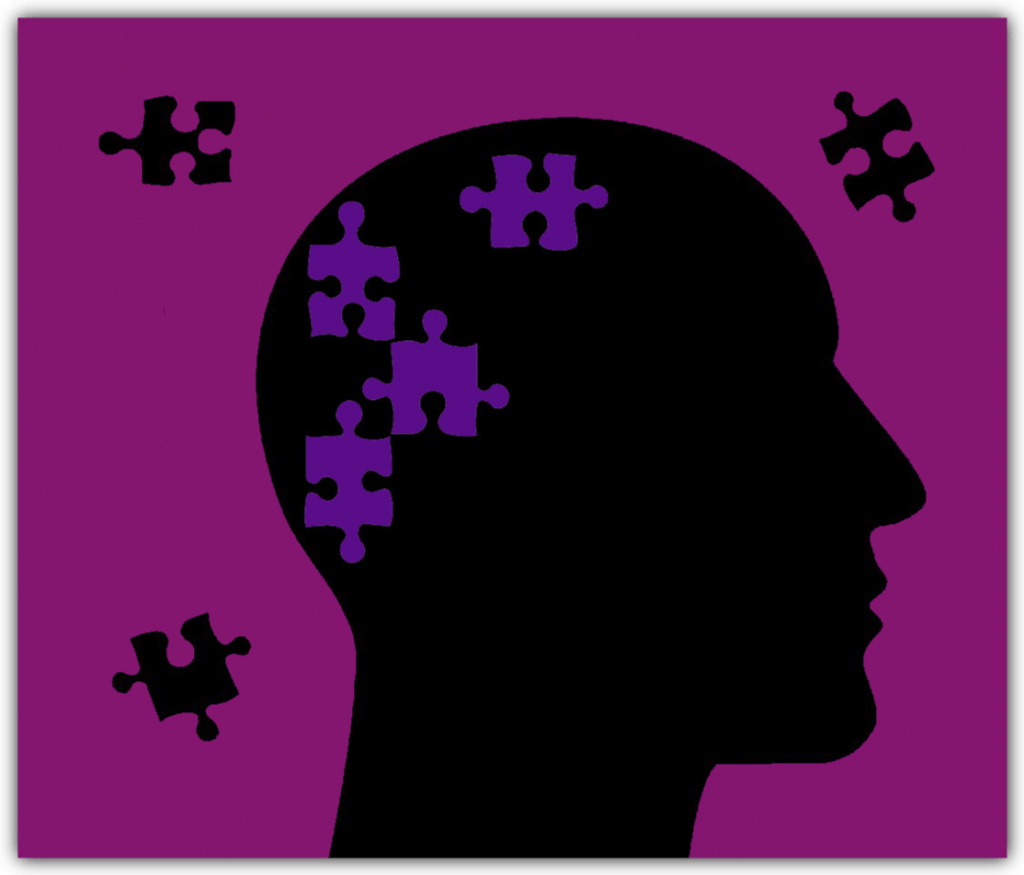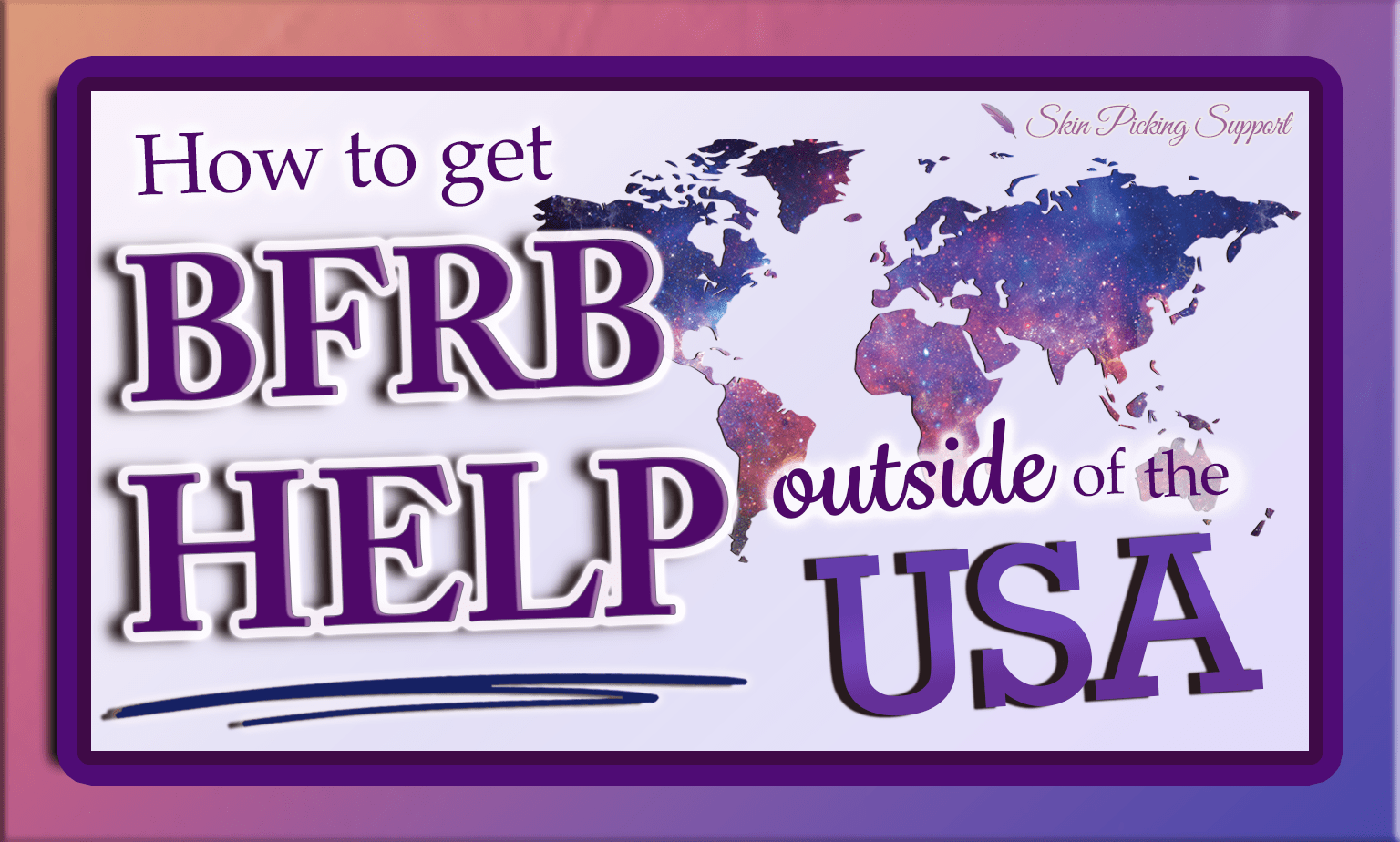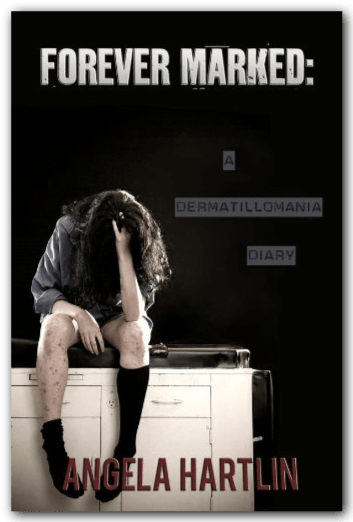When searching for professional help for a Body-Focused Repetitive Behavior (BFRB) hundreds of treatment providers are available in the USA, many who have completed the Professional Training Institute (PTI) program from TLC Foundation for BFRBs. No other country has more than 10 trained professionals who have completed this evidence-based program, making it difficult to find traditional help for these compulsions around the world.

TABLE OF CONTENTS
7 Ways to Find Help for Your BFRB
Therapy
Those with BFRBs at least know going into their first appointment with a PTI-trained provider that even if their behavior doesn’t change by the end, the professional is at least aware that BFRBs exist; therefore, less likely to judge or provide misguided information.
Many who have sought help for their trichotillomania or excoriation disorder (skin picking) have had traumatic experiences with therapists dismissing their main concern, giving poor advice (ie. “just sit on your hands“), and even chastising them. Though Cognitive Behavioral Therapy (CBT) with a BFRB specialist is the first course of action in attaining professional help, it is not a person’s only line of defense.
Without specialists in their area, many turn to Skin Picking, or BFRB Coaches, to help them with their disorder. Skin Picking Support has an official warning about this practice for several reasons.
If your therapist would like to learn more about how to get trained and appear in the TLC Foundation for BFRB‘s directory, please direct them to our FAQs for Professionals. Caregivers can read our FAQs for Parents to learn about resources for children and youth.
Organizations
Non-profit BFRB organizations are government-approved coalitions that disseminate educational information about these mental health disorders, often providing funded resources (ie. research, outreach, etc) for the community.
Skin Picking Support has a directory with all the skin picking related non-profit organizations across the globe. If any need to be added, please contact Angela.

Get involved with us to learn about upcoming awareness campaigns, become a volunteer, with many opportunities to be featured in the future!
Websites
Applicable to all BFRBs, the Skin Picking Support website provides suggestions on how to reduce skin picking and other BFRB symptoms under the Treatment section.
Challenge your problematic statements (see above)
Various exercises on the Mindfulness page help reduce baseline anxiety and increase awareness of the behavior, especially when practiced regularly. Skin picking and other BFRBs can be intercepted by various types of Blockers and Barriers, which can also be put in place to prevent urges. Fidget Toys can be used as a replacement behavior while satisfying the sensitive sensory needs many with this disorder have.
Logging is crucial in bringing full awareness to the behavior while analyzing the factors that led to it in order to identify patterns.
Recognizing your permission-giving statements and figuring out what type of cognitive distortions each problematic statement has allows you to challenge them, leading to reframed (and still accurate) rebuttals. This can help to lessen the power of the urge when it reappears and make it easier to step back from the behavior.
Our FAQs for Skin Pickers page answers commonly asked questions in the skin picking community, including information about Angela’s recovery.
Social Media
Following BFRB accounts on social media can be a great way to build self-love (or body neutrality) and connect with those who document their struggles online.
From influencers to organizations, filling your feed with encouraging material can help improve your body image and make you feel not alone in your struggle.
Create an account of your own to share your journey and follow Skin Picking Support for management strategies, recommendations, community updates, and more!
Use hashtags like #skinpickingsupport to share your story!
Support Groups
BFRB support groups are a great way to connect with others who understand the struggles of living with a BFRB. The healing that comes from being in a safe environment can lessen your compulsion and improve your overall mental health.
While not a substitute for therapy, these online peer-led groups make it possible for those living anywhere in the world to attend!
Skin Picking Support hosts free topic-based meetings once a month to those who pick their skin or have other BFRBs. Join us on Facebook for active forum discussions, RSVP to meetings, and stay updated with community announcements (including awareness campaigns)!
Books
Whether it’s a guide like Overcoming Body-Focused Repetitive Behaviors by Charles Mansueto or a compilation of moving stories like Laura A. Barton’s Project Dermatillomania series, books are instrumental resources for learning management strategies and exploring the lives of others with these conditions, destigmatizing BFRBs and the shame that surrounds them.
The upcoming book EMBRACING DERMATILLOMANIA: Through Pain & Recovery details Angela Hartlin’s therapy step-by-step over the course of 12 weeks through the eyes of both client and practitioner, co-author Karen Pickett, LMFT.
Check out the ground-breaking memoir FOREVER MARKED: A Dermatillomania Diary, which documents Angela’s life before global awareness and her recovery.
Documentaries
Watching a film or television show about BFRBs can have a profound affect on individuals with these isolating conditions.
From being educated by reputable sources to seeing representation of those with BFRBs, it can be empowering knowing that you are not alone with your struggles.
Two free BFRB documentaries include Scars of Shame (2015) by Lisa Heyden, and Bad Hair Life (2003) by Jennifer Raikes, TLC’s former Executive Director.
Watch the Scars of Shame documentary for free
No matter where you live, reaching out to any BFRB organization will likely result in someone being able to direct you to the appropriate resources you’re seeking. Even if you are in a location without trained professionals, always remember that you are not alone with your body-focused repetitive behavior and help can come in many forms.

